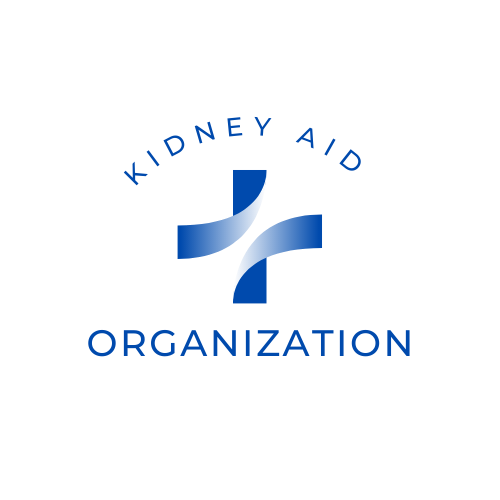Living with a long-term condition like CKD can feel overwhelming, but the good news is that a significant part of managing this journey happens in your daily life, not just at a doctor's office. By taking a proactive approach, you can slow the progression of the disease and improve your overall well-being. This in-depth guide is designed to empower you with the knowledge and practical steps you need on how to manage CKD at home effectively.
The Cornerstone of Home Management: Diet and Nutrition
When it comes to managing CKD at home, diet is arguably the single most impactful factor. Your kidneys are a natural filtration system, and a kidney-friendly diet helps reduce their workload. This isn't about restriction; it's about smart choices.- Fluid and Hydration: While proper hydration is crucial, the amount of fluid you need can vary greatly depending on your stage of CKD. It's essential to follow your healthcare provider's or registered dietitian's specific recommendations for fluid intake. Monitoring your fluid consumption is a key aspect of kidney disease management.
- Sodium Control: High sodium intake can elevate blood pressure and lead to fluid retention, placing extra stress on your kidneys. A vital step in learning how to manage CKD at home is to become a label-reading pro. Limit processed foods, canned soups, and fast food, and season your meals with herbs, spices, and a little lemon juice instead of salt.
- Protein Management: Protein is essential for building and repairing tissues, but its breakdown creates waste products that your kidneys must filter. Your doctor or dietitian can help you determine the right amount of protein for your body. The goal is to consume high-quality protein in recommended portions.
- Potassium and Phosphorus: Depending on your test results, you may need to monitor your intake of potassium and phosphorus. Foods high in potassium include bananas and oranges, while phosphorus is found in many dairy products and certain processed foods. A personalized CKD diet plan is your roadmap to navigate these complexities safely.
Beyond the Plate: Lifestyle Adjustments
While diet is a huge piece of the puzzle, a holistic approach to how to manage CKD at home involves a number of other lifestyle habits. These actions can significantly impact your health outcomes.- Regular Exercise: You don't need a gym membership to be active. Simple, low-impact activities like walking, light yoga, or swimming can help control blood pressure and maintain a healthy weight. Always consult your doctor before starting any new exercise routine to ensure it's safe for your condition.
- Blood Pressure and Blood Glucose Monitoring: High blood pressure and uncontrolled blood sugar (for those with diabetes) are the leading causes of kidney damage. Learning how to manage CKD at home includes consistently monitoring your blood pressure and glucose levels with at-home devices. Keeping a log of your readings can provide your medical team with valuable data.
- Medication Adherence: Following your doctor's prescribed medication schedule is non-negotiable. Be vigilant about which over-the-counter painkillers you take, as some common ones like ibuprofen and naproxen can harm your kidneys. A detailed medication list that is up-to-date is a crucial part of your at-home care kit.
- Smoking Cessation and Alcohol Moderation: Smoking accelerates kidney damage, and excessive alcohol consumption can raise blood pressure and strain your kidneys. Making the commitment to quit smoking and limit alcohol intake is a powerful step in protecting your kidney function.
The Power of a Proactive Mindset
Managing a chronic illness from home can be a mental and emotional challenge. That's why building a support system and staying informed are vital.- Patient Education and Support: Seek out educational resources offered by your healthcare provider or national kidney foundations. Joining a support group, either in person or online, can provide a community of people who understand your journey. Sharing experiences and advice can be incredibly empowering. This type of self-management program can reduce feelings of isolation and provide practical tips.
- Know Your Body: Pay close attention to any changes in your body, such as swelling in your hands or feet, unusual fatigue, or changes in your urination habits. These could be signs of a fluid imbalance or other complications. Promptly reporting any new or worsening symptoms to your doctor is crucial for effective chronic illness care.
- Create a Routine: A consistent daily routine can help you stay on track with your diet, exercise, and medication. By integrating these habits into a predictable schedule, they become a natural part of your day, not a chore.

